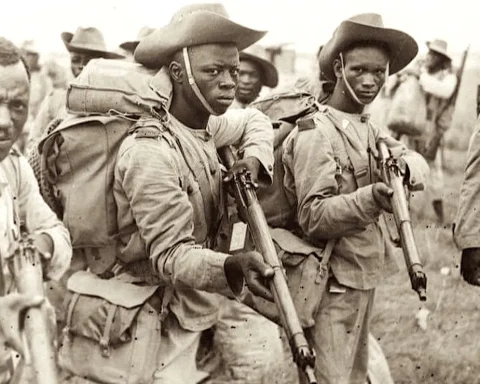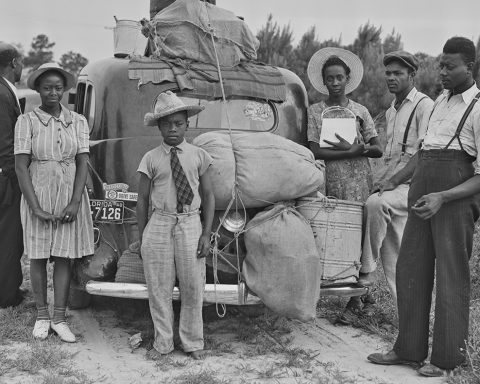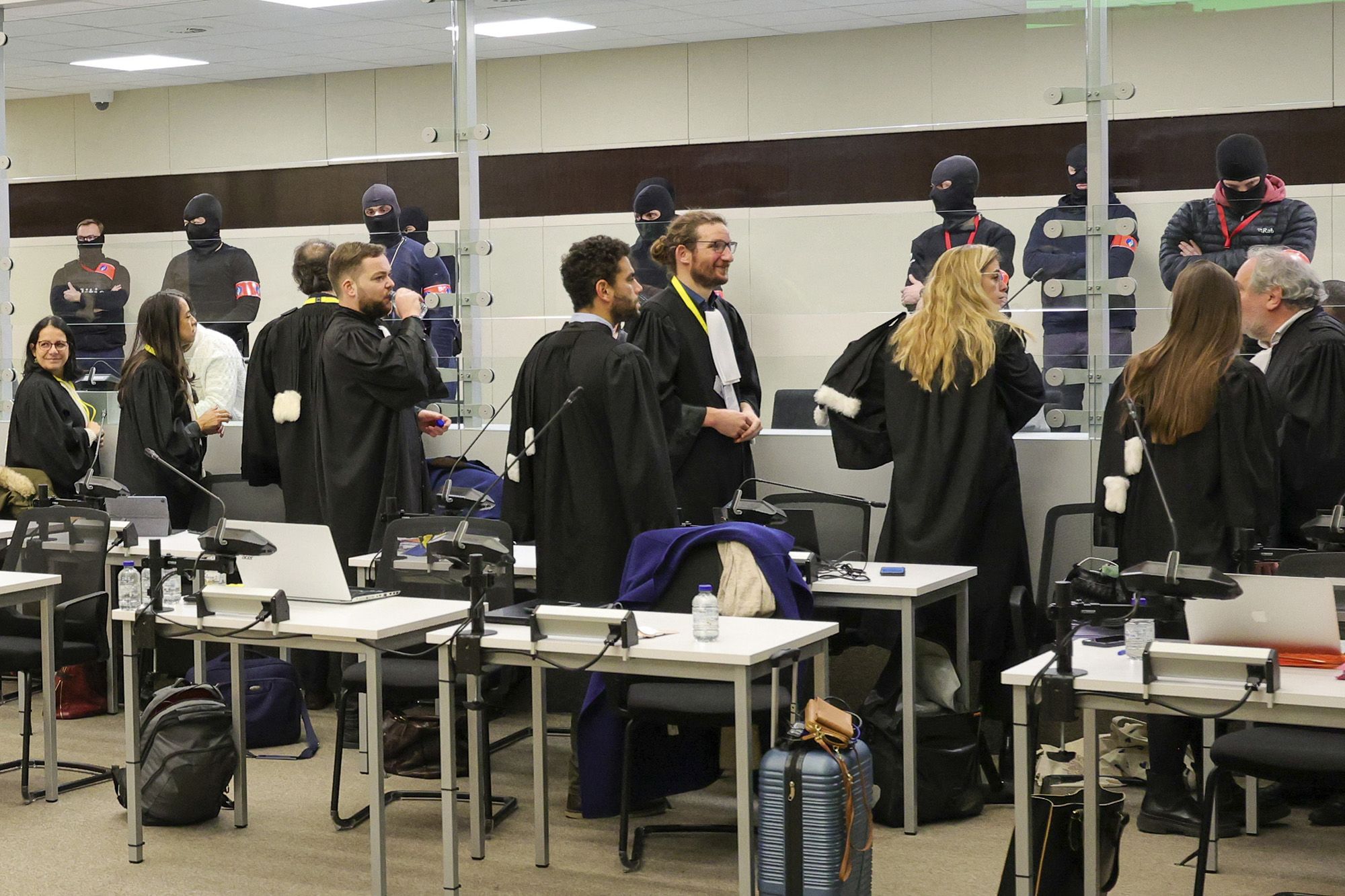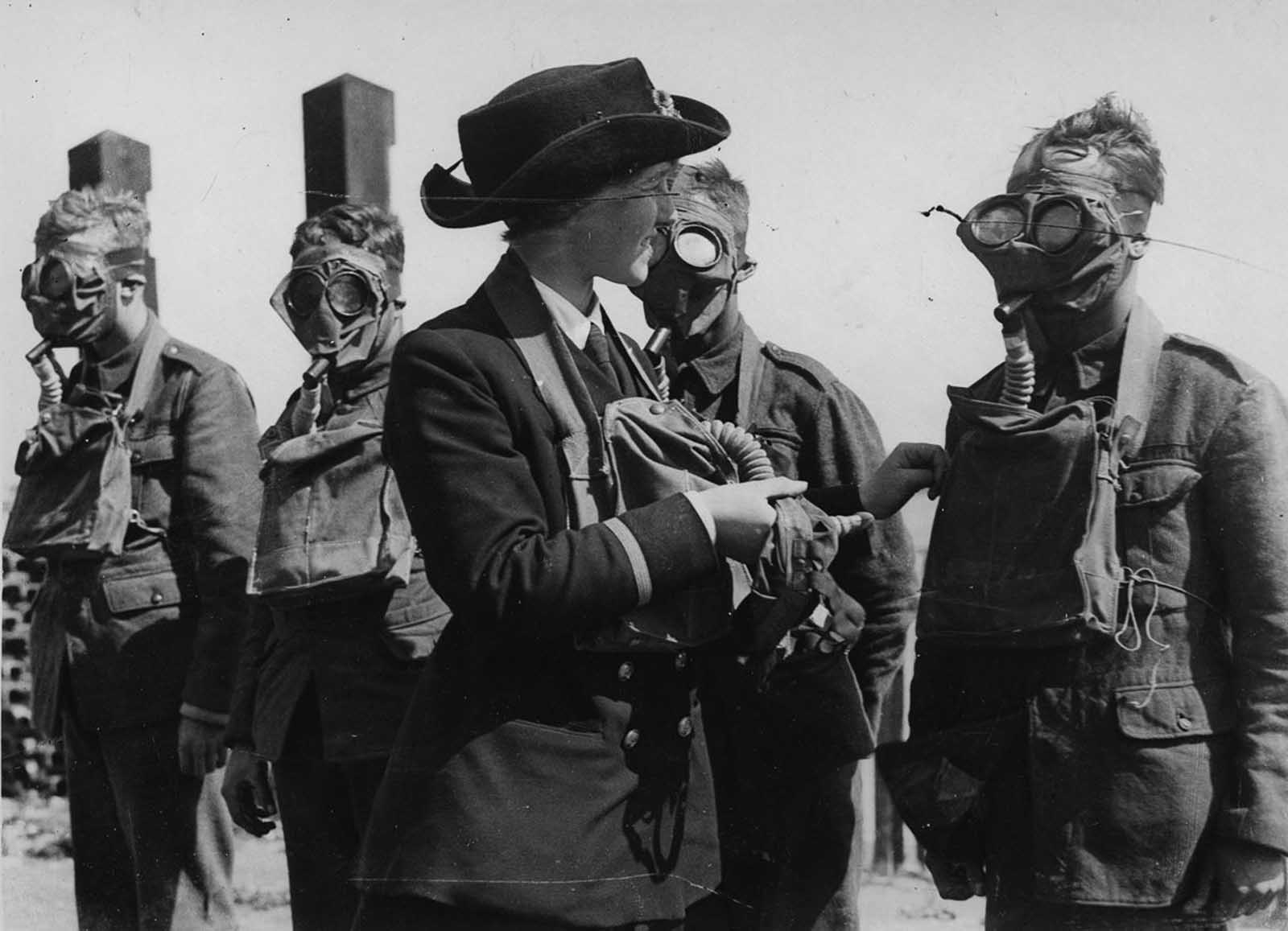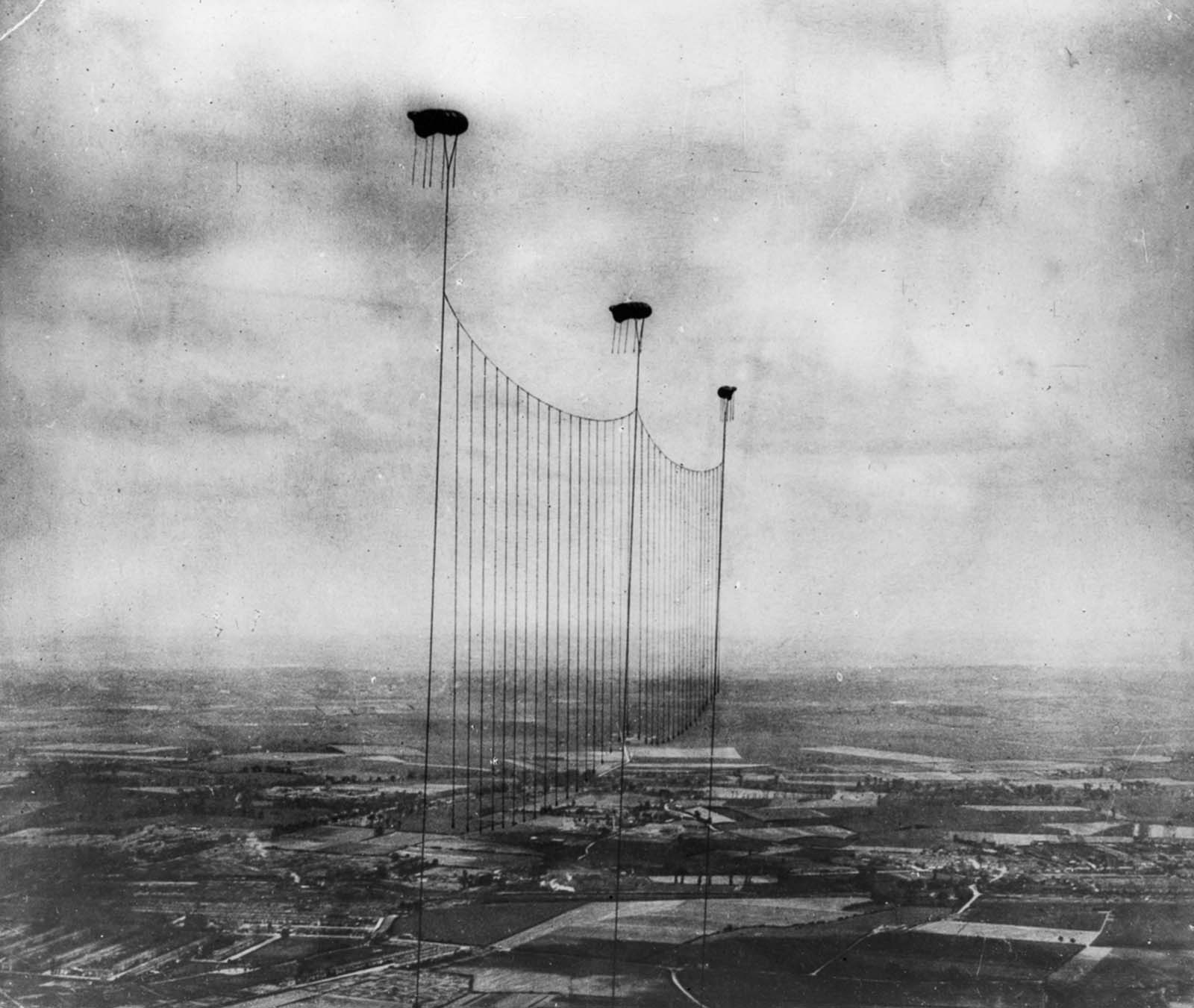
During World War I, balloons provided the perfect mid-air surveillance. The idea of the Balloon was birthed in a bid to serve as an air patrol, the use grew further.
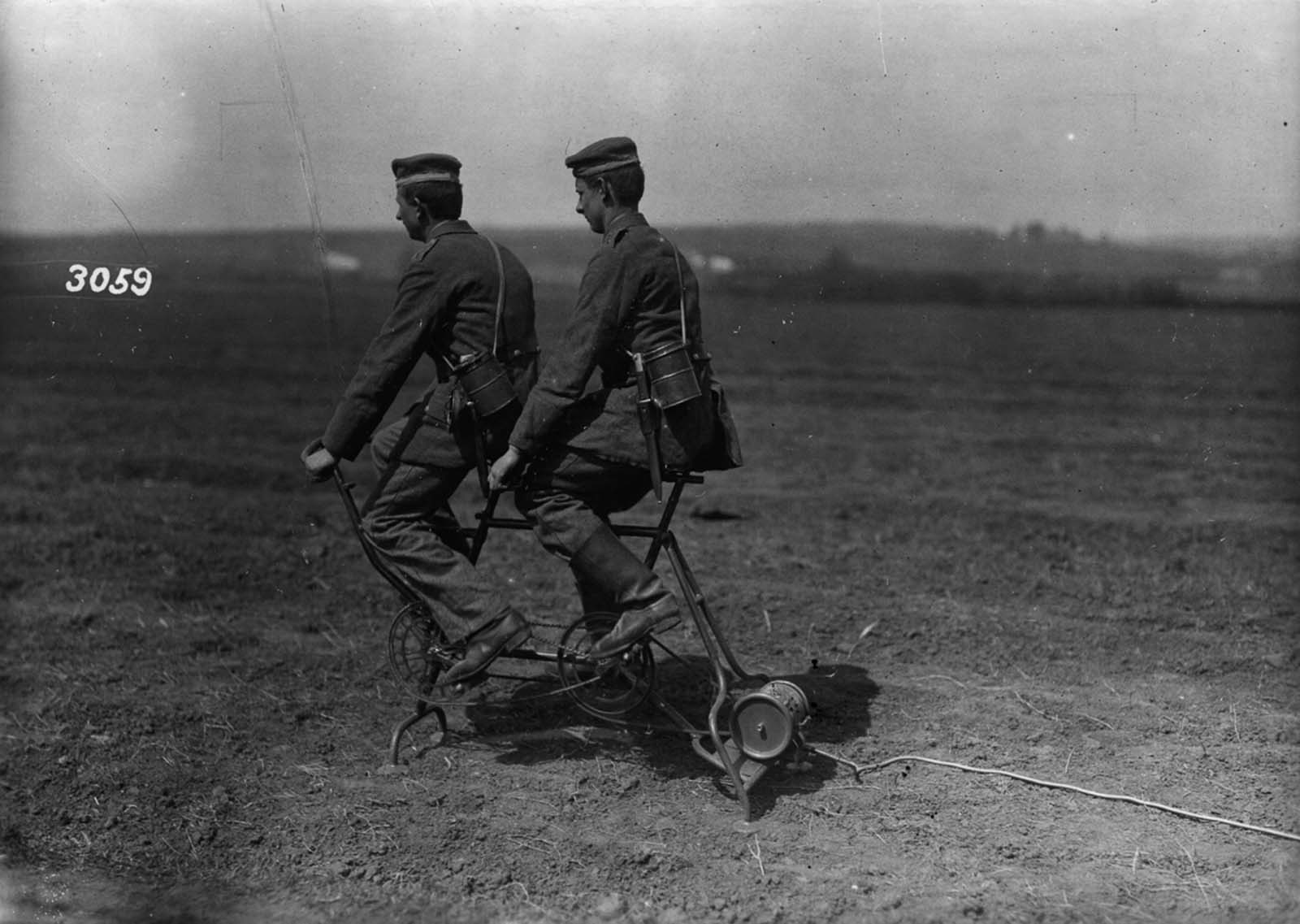
Although then, they were aeroplanes, which spotted the enemy advancement with transmissions, it was also important that they had a close-by over the overhead eye. They also noted the balloons helped in imaging immediate movement pickups at a higher view of the environment.
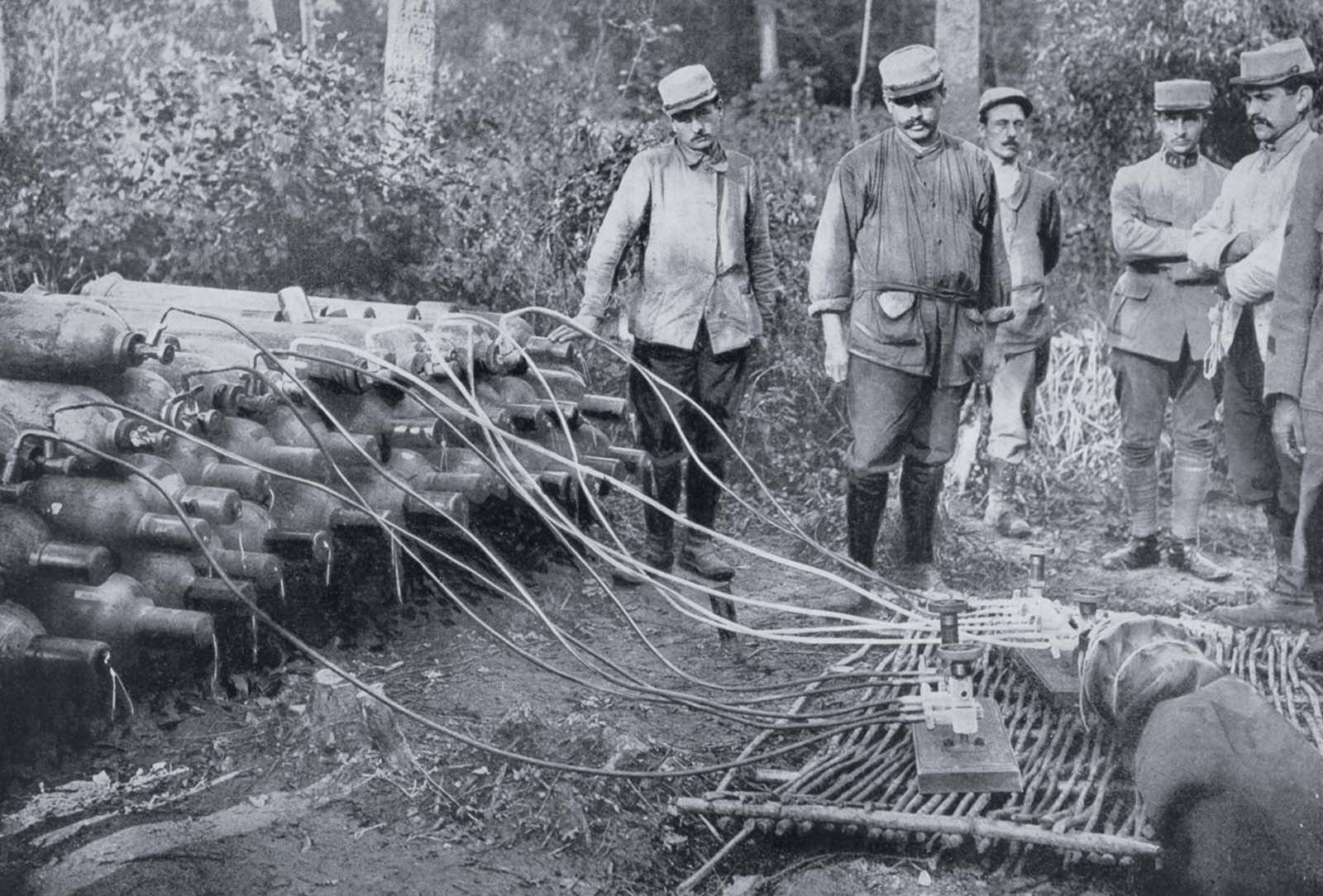
It was an important arsenal during the war as it gave the owning party an advantage over the warring party. The balloons with time witnessed great advancement.
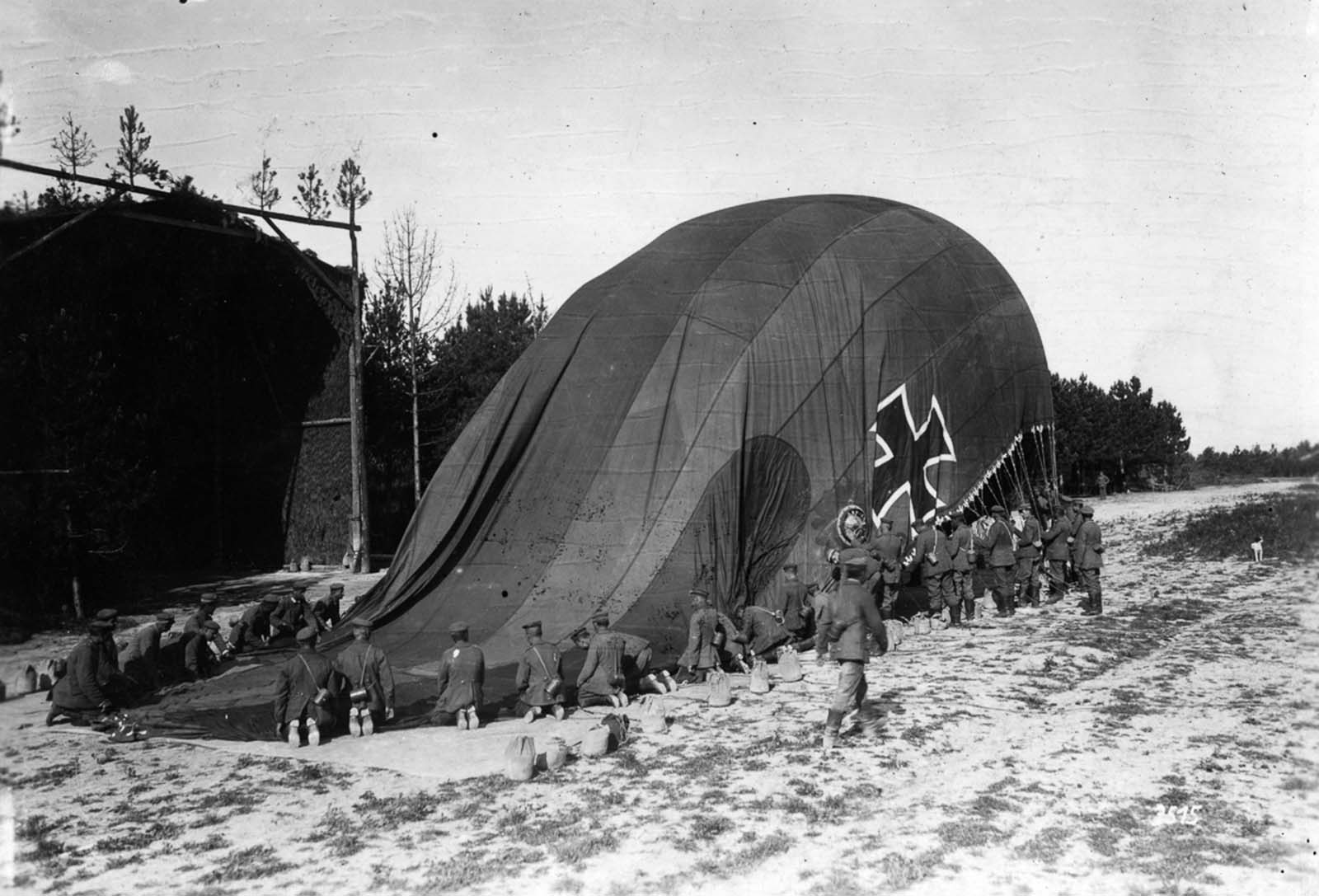
The surveillance balloons were first used by the French Aerostatic Corps in the time of the French revolutionary war and used first during the Battle of Fleurus in 1794. Shaped like flying mammoths, the balloons were used in navigating artillery conveyance.
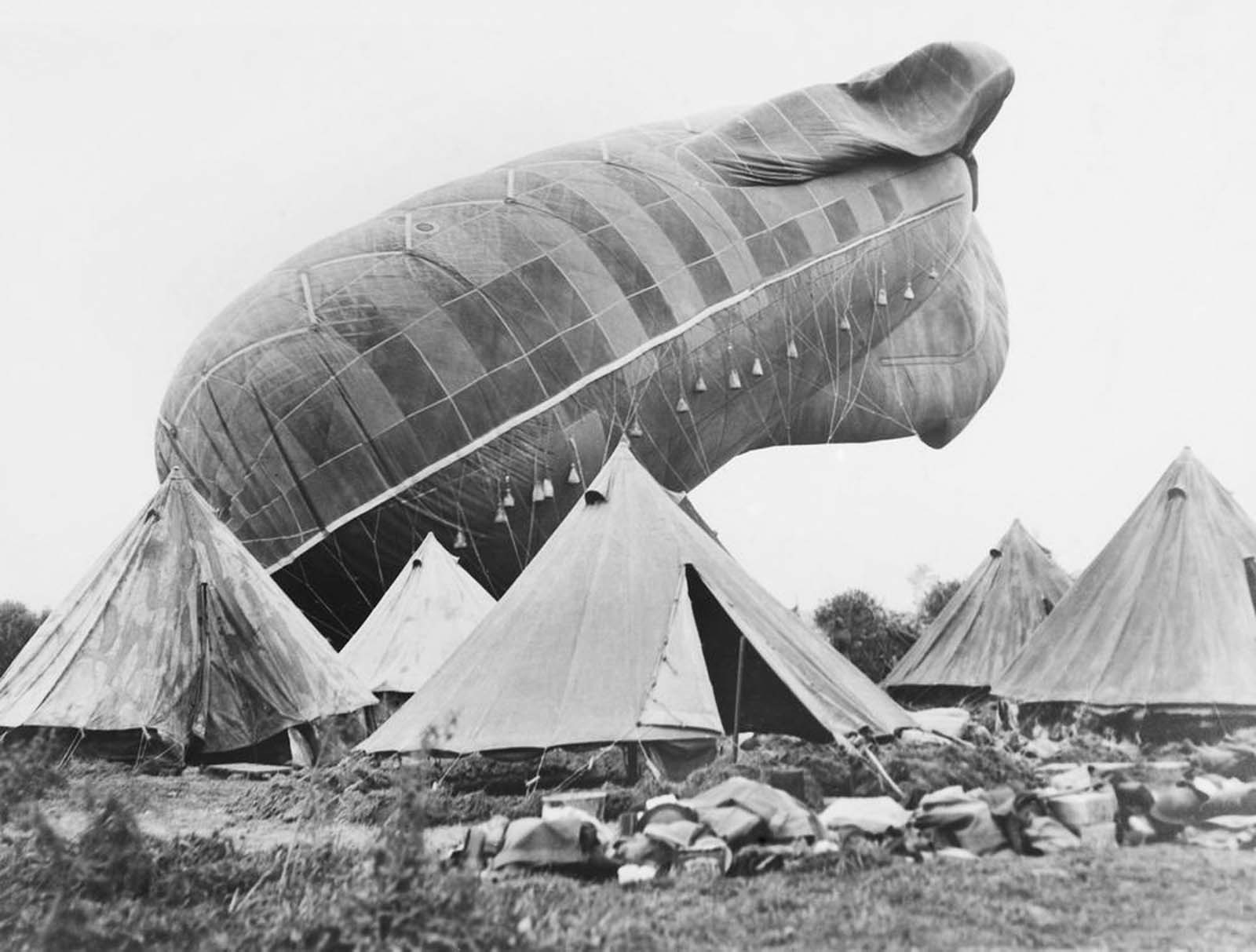
The spotters and the balloon had a communication phone connected to pass the information they saw. It helped in moving heavy guns through.
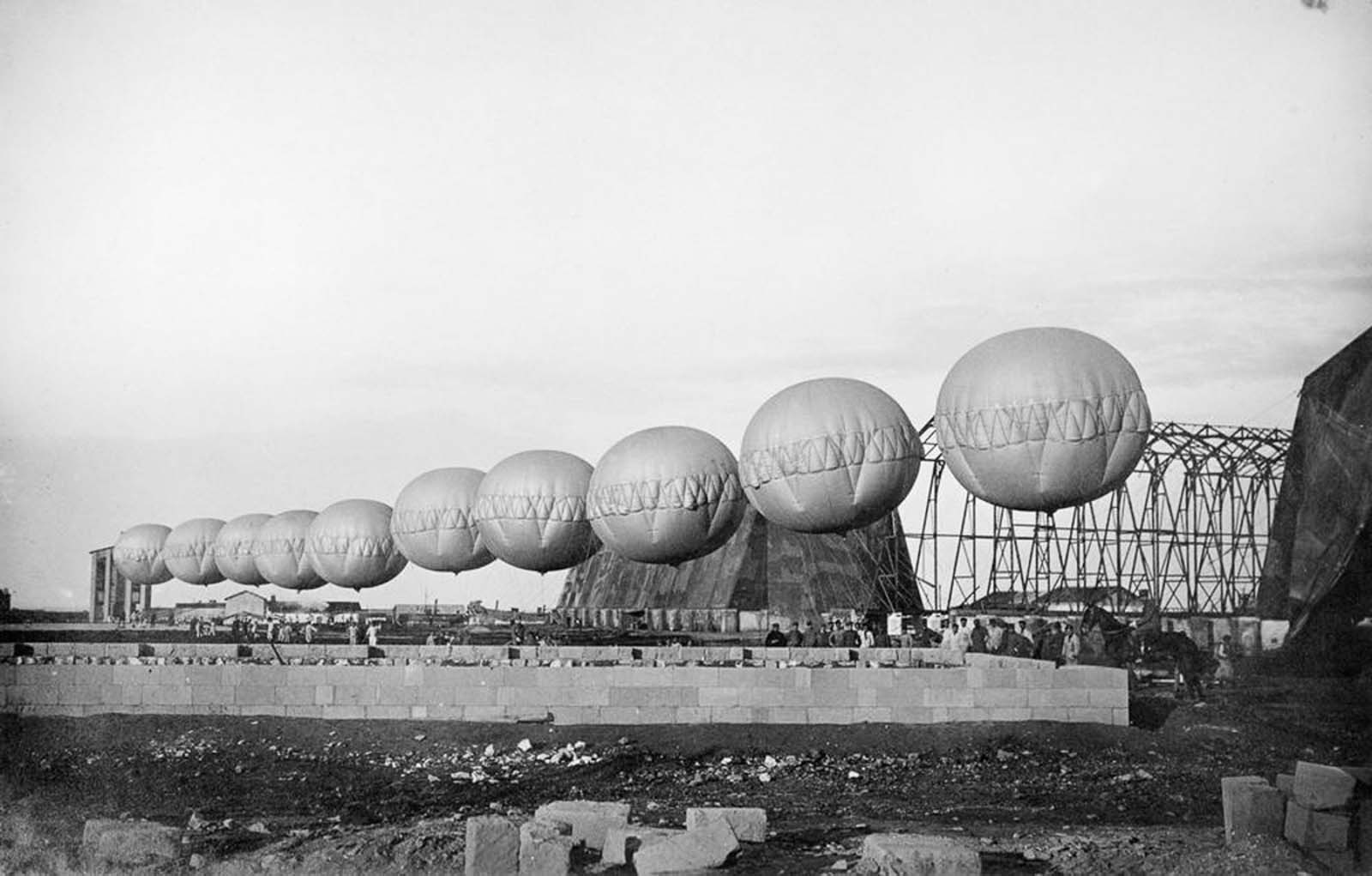
The surveillance balloons were next used during World War 1, it was the time for the military to make use of the surveillance balloons which were heavily taken advantage of by both sides.
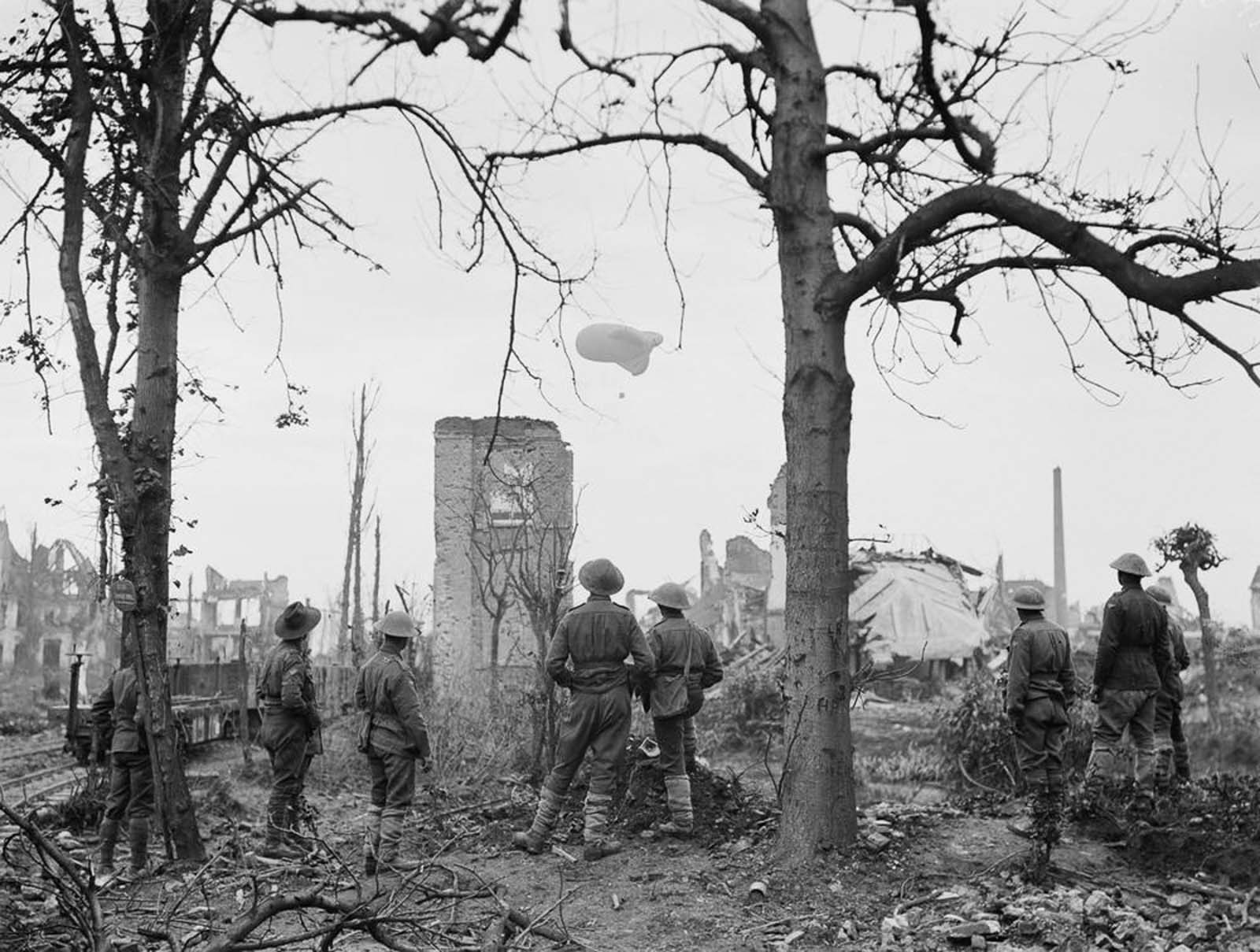
Although the British had not too long ago made use of surveillance balloons during the late 1800s in Africa, their spherical-shaped surveillance balloons were seen as old-fashioned and were immediately changed to more upgraded forms which were popularly known as kite balloons, which were flyable and perform well even in extreme weather conditions.
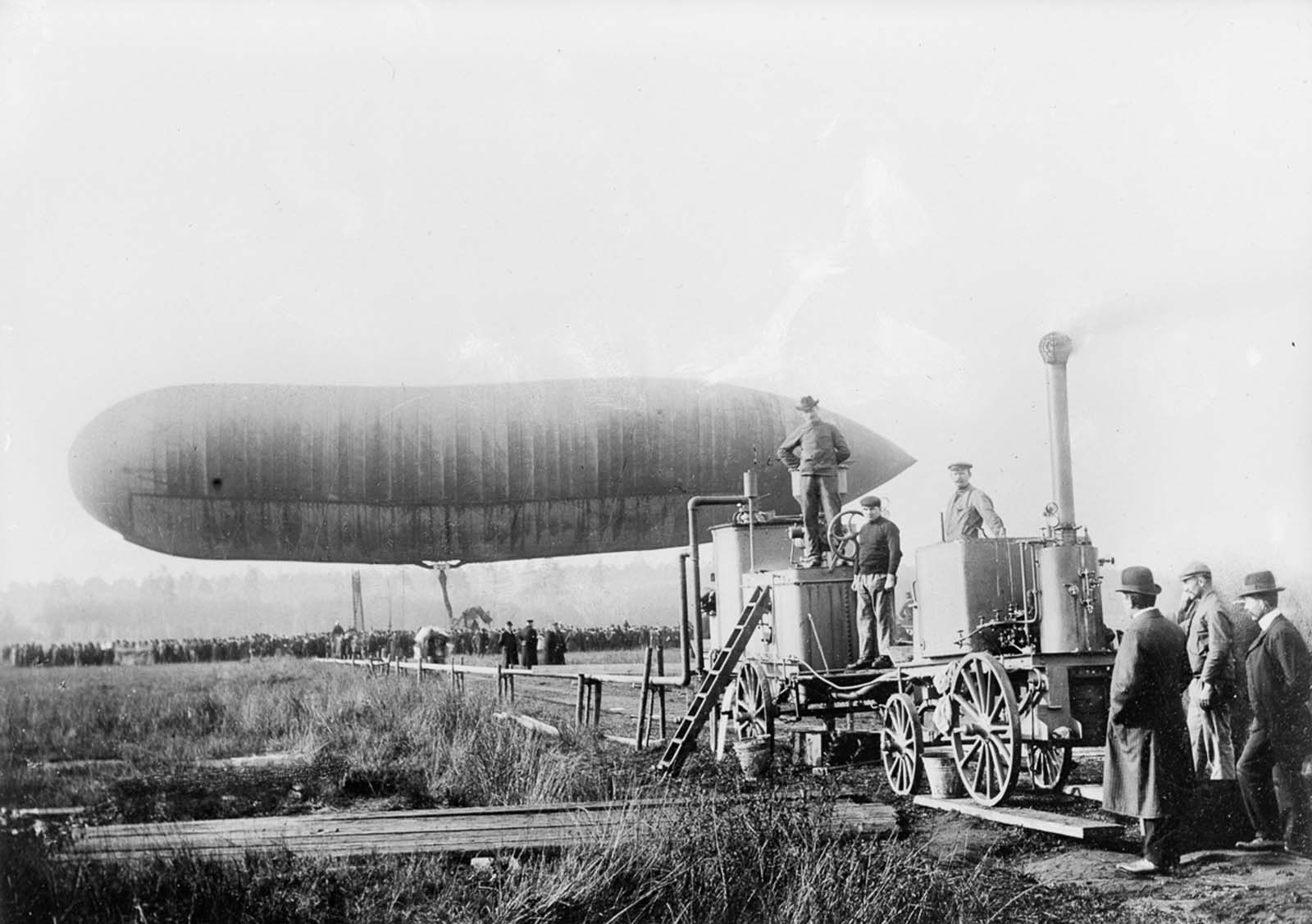
With the Germans first building the Parseval-Ziegfeld design of a surveillance balloon, the French proceeded to build the Caquot design of a balloon. These newly designed balloons were much more developed and could combat the enemy troops from afar, giving not just camouflaging coverage but also an advantaged spot.
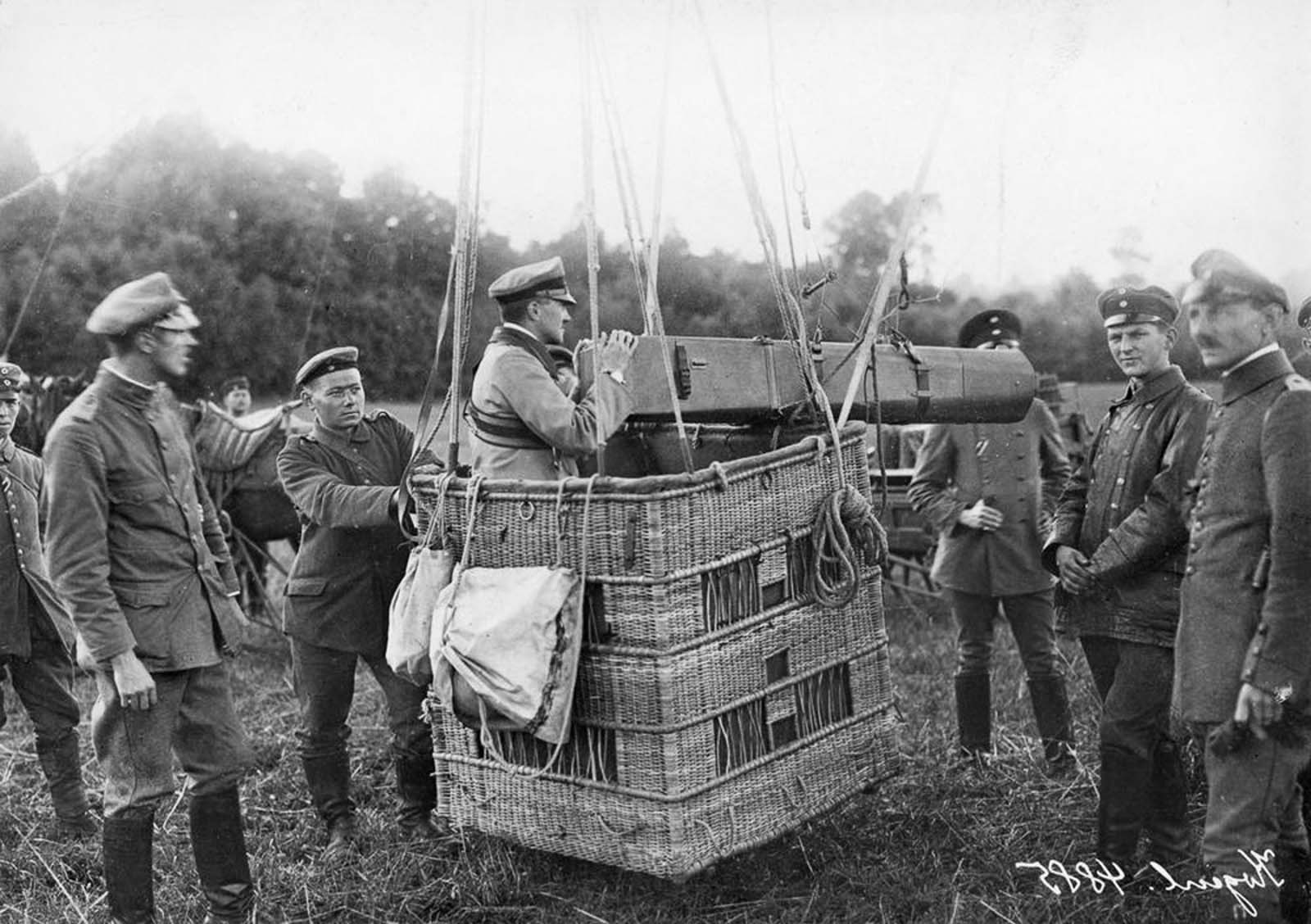
The balloons were attached to a steel cable which was connected to a winch that held the gasbag to its selected height which most times were 3,000 feet above ground level and put back after the time of use.
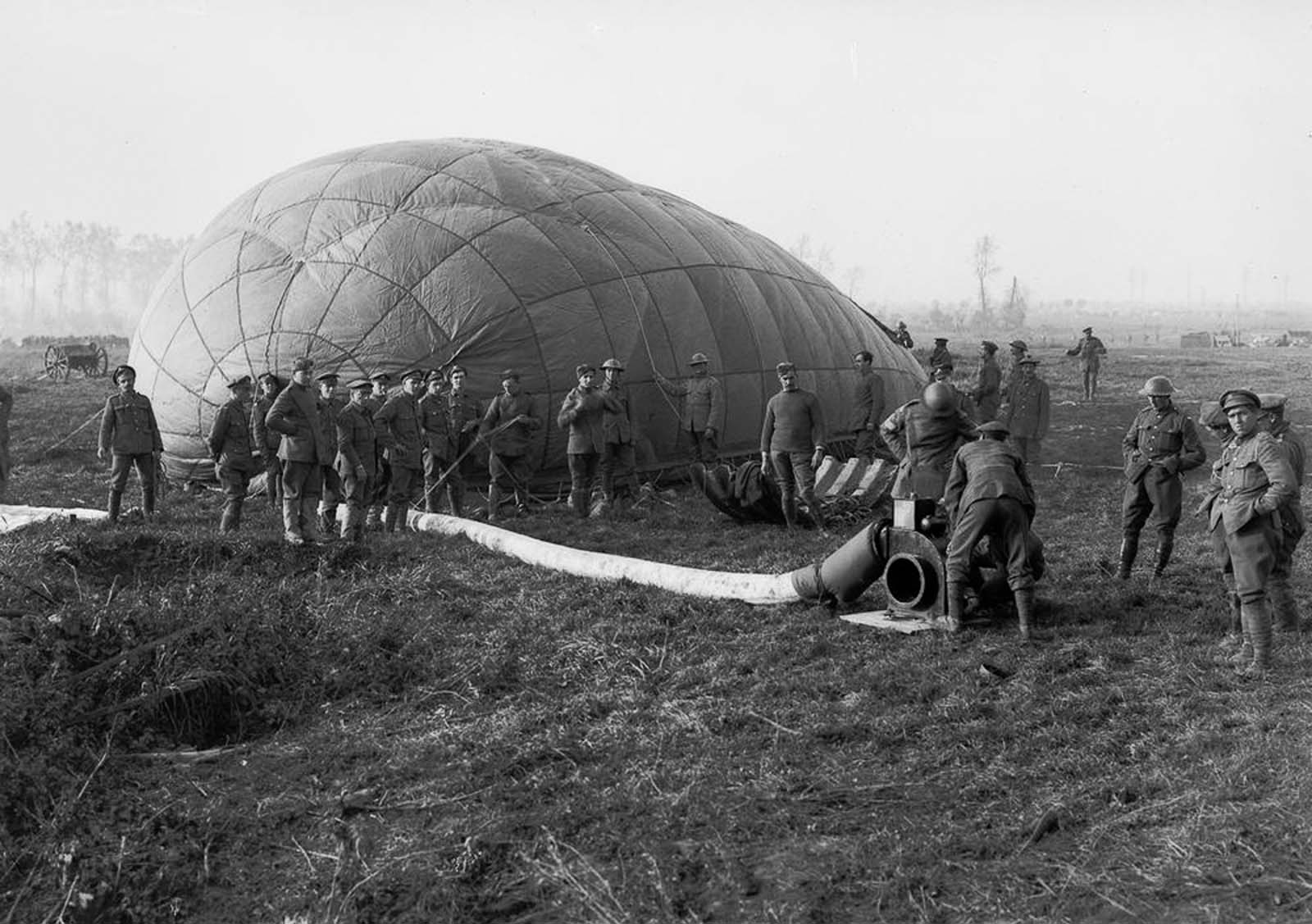
Due to the important roles they served, an anti-aircraft gun was used for air defence and varieties of machine guns were used for ground-level defence and patrol.
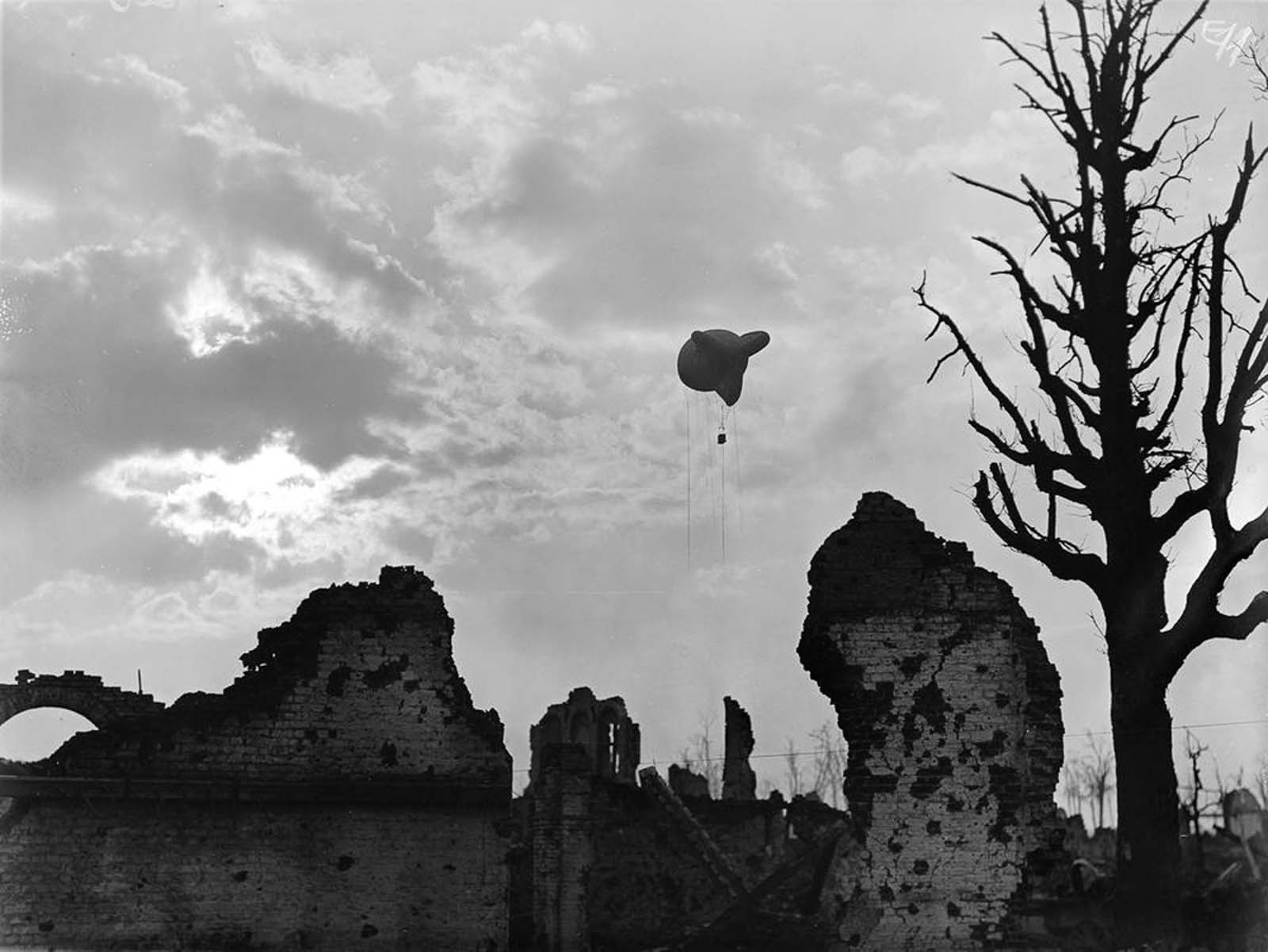
Since the surveillance balloons posed a high threat, the option was to take them out. The balloon takeouts were seen as extremely daring, however, it did not prevent the pilots from taking on them. Pilots who took down balloons successfully were known as Balloon busters.
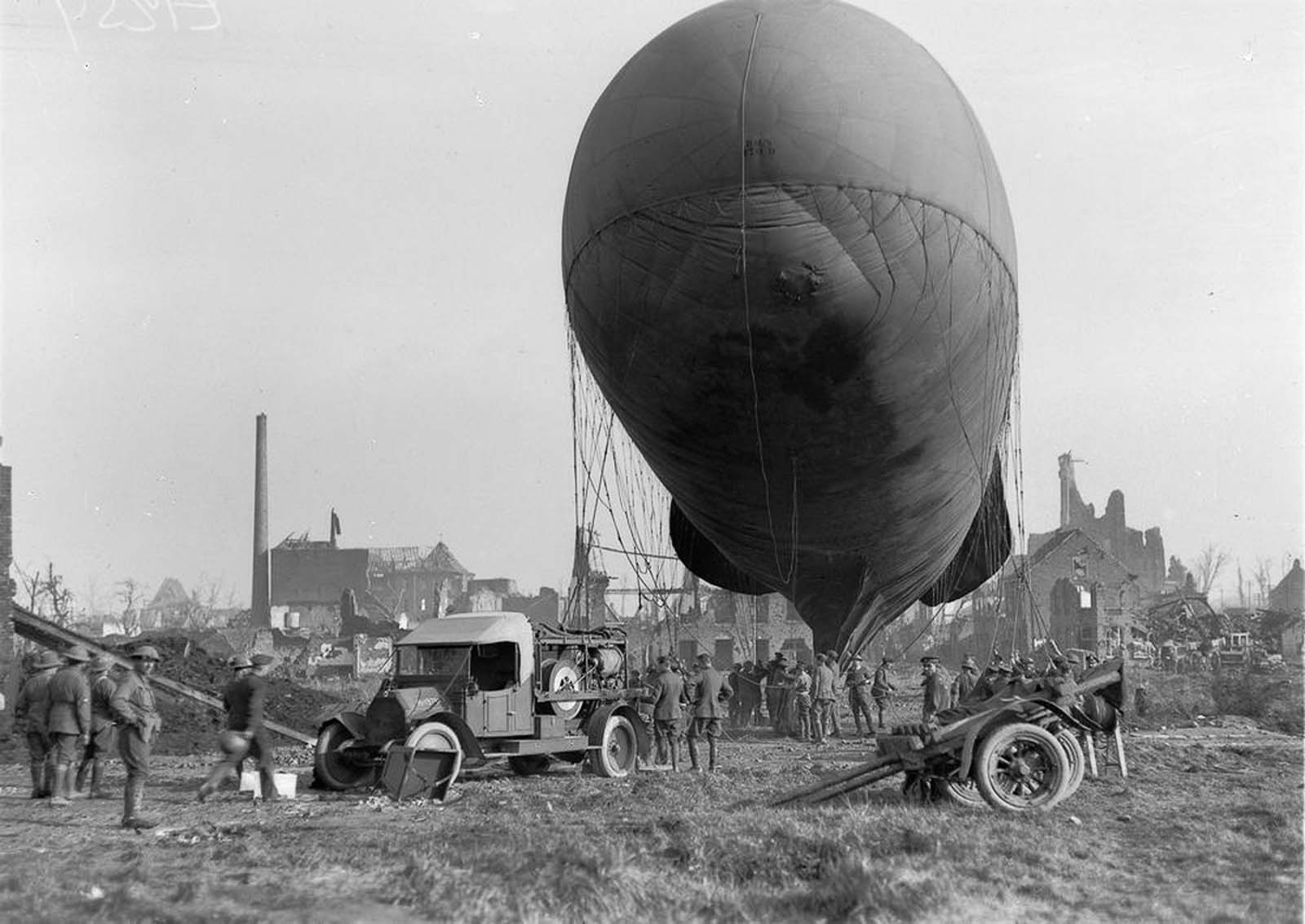
Some notables were Belgium‘s Willy Coppens, Germany’s Friedrich Ritter von Röth, America’s Frank Luke, and the Frenchmen Léon Bourjade, Michel Coiffard and Maurice Boyau. Many successful balloon busters made sure not to go below 1,000 feet (300 m) to prevent exposure to anti-aircraft guns and machine guns.
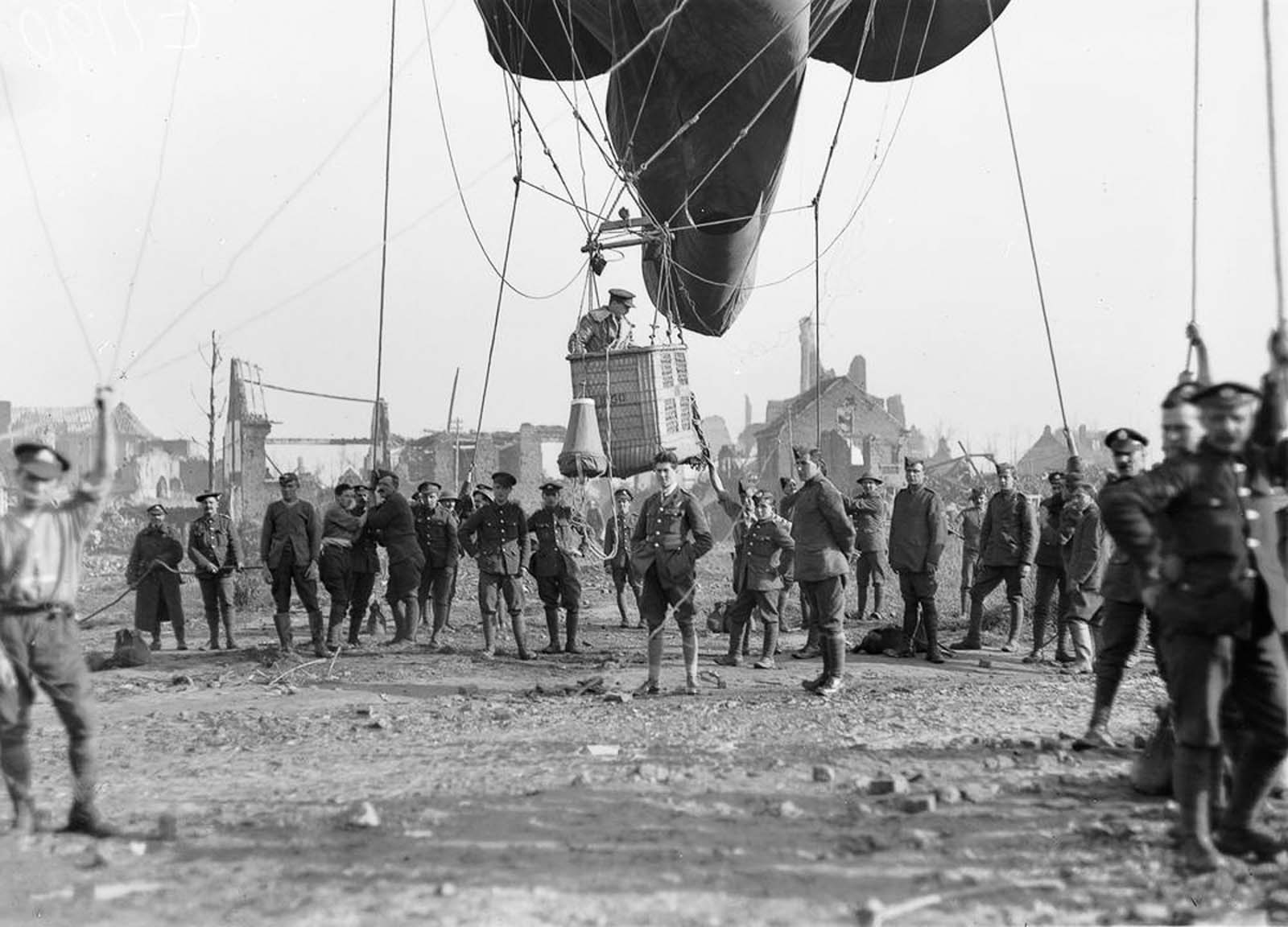
The phrase “The balloon’s going up!” was then developed, it was to signal an incoming attack and give the sign for a preparatory bombardment for an offensive and soon enough the surveillance balloons began to be used at sea for anti-submarine purposes towards the end of World War I.
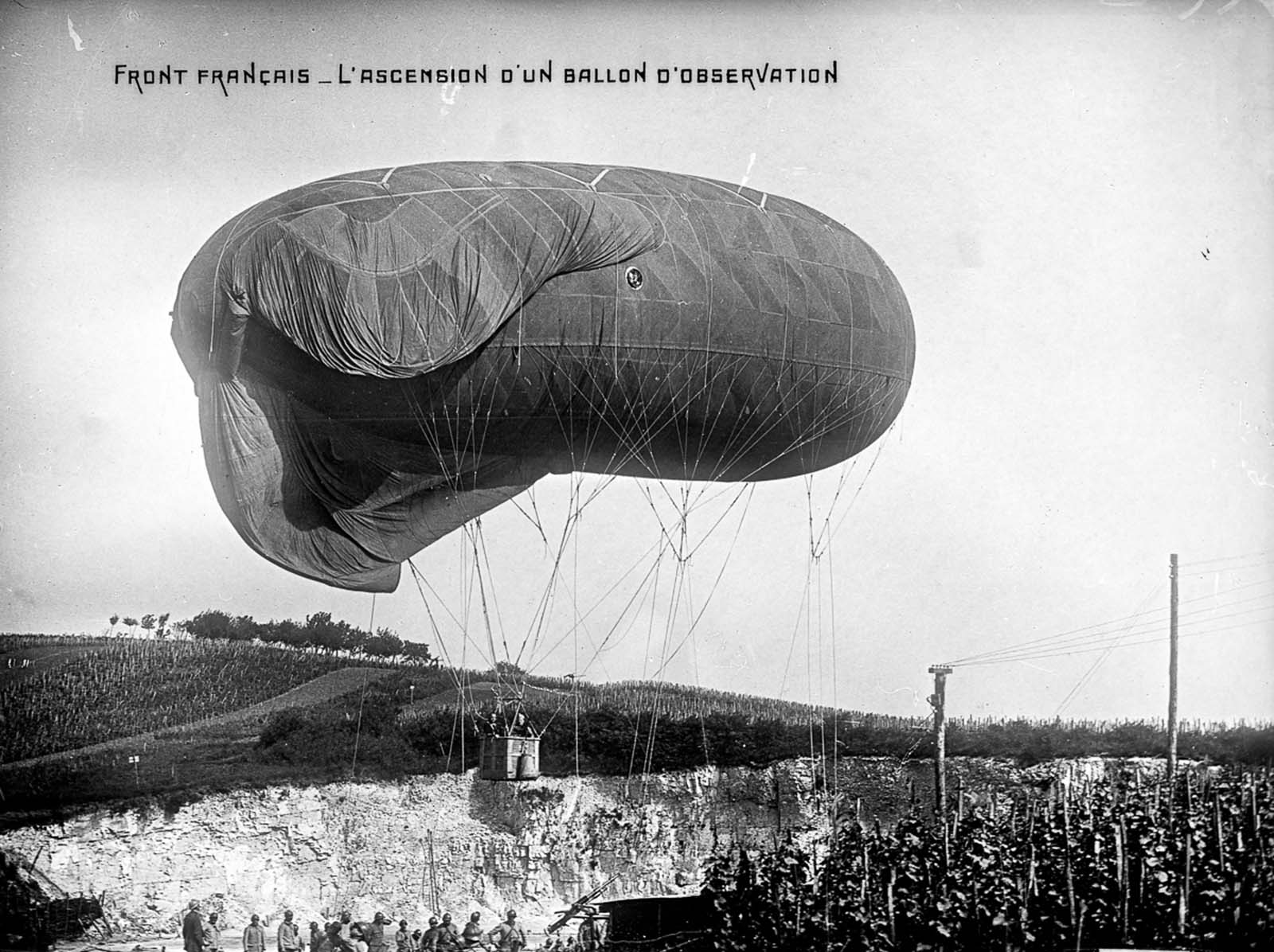
The oldest kept observation balloon, L’Intrépide, is on display in a Vienna museum; it was used during the American Civil War between 1861–65 and further used during the Franco-Prussian War between 1870–71.
RELATED: The Minoans Ancient Greece That Is Not In Africa Civilizations


